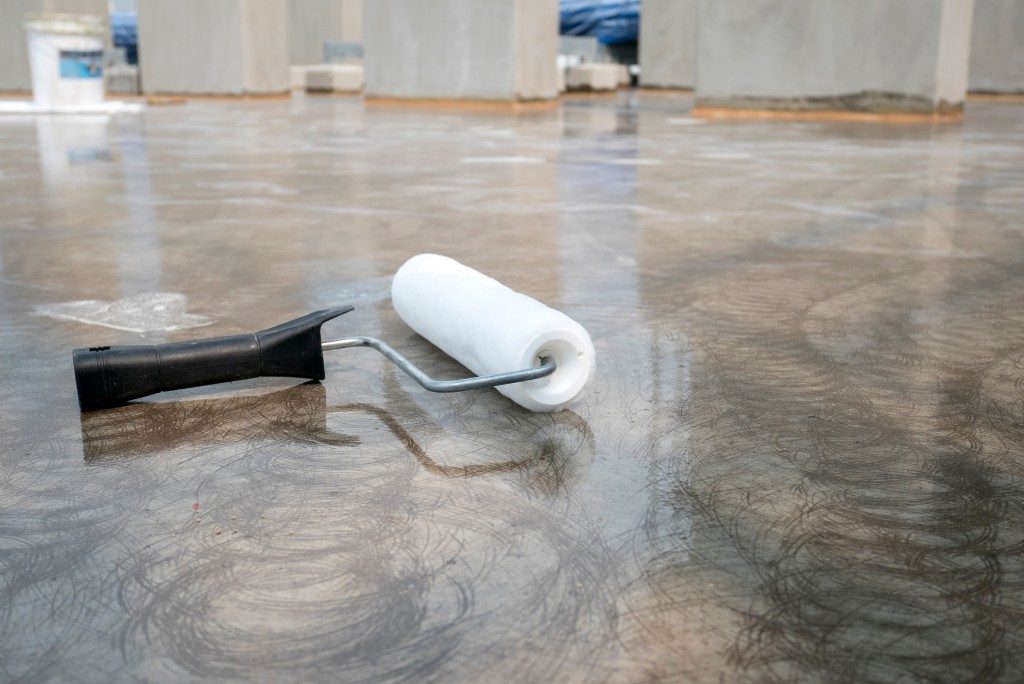Applying a metallic epoxy coating to any establishment can give it a professional, beautiful look. Using it for your home can make it easy to maintain a durable and long-lasting flooring. These qualities have made metallic epoxy flooring projects popular to families, commercial establishments, hotels and galleries. An epoxy floor coating mixes a metallic paint and epoxy-like resin and then poured over a floor.
However, homeowners still need to be careful when installing a floor with a metallic epoxy system. What may seem so easy may call for the need for a professional epoxy flooring installer. Some homeowners feel that they should do it themselves to save a few dollars. But there are a few pitfalls they should avoid when installing metallic epoxy floors.
Know Problem Signs
People are quick to overlook tiny debris and cracks when installing their epoxy floors. However, that small crack or waste could result in an expensive repair, so never take it for granted. If you plan to use the epoxy flooring for your establishment, it should be free of any sign of wear and tear. Never fill the cracked surface with the metallic epoxy material because it is never a good idea. A smooth and crack-free surface allows the epoxy to bond with other flooring materials and give it an aesthetically pleasing and equal level finishing.
Prepare the Foundation
The first step is to prepare the foundation of the floor. One thing to keep in mind before embarking on a metallic epoxy flooring project is that the floor should have a stable foundation and ground. Otherwise, cleaning around the edges of the floor may become difficult. Follow the manufacturer’s guide on preparing the foundation so your flooring will be durable for a long time.

Prepare the Concrete Surface
The next thing a homeowner would want to confirm is whether their concrete will bond with the epoxy or not before starting a flooring project. Opening the surface of the floor is essential; neglecting it could affect the entire metallic flooring material.
Shot blasting and diamond grinding are two ways of doing this. The process will not only make it easier for the metallic epoxy to bond with the concrete but also help with getting rid of surface contaminants. You should never put down epoxy until all chemicals, grease, oil, moisture, and concrete hardener are removed. Any of these contaminants could affect the quality of resinous primers and penetrate the concrete.
The last step would be determining the number of required metallic epoxy coats. Experts recommend at least two layers for all projects involving metallic epoxy flooring. The initial layer primes the concrete. The extra coat is often added for extra coating and durability.
However, be sure to check the instructions provided by the epoxy manufacturer before beginning the project.
Sometimes homeowners use four coats may sometimes be necessary depending on the nature of a project. Experts urge homeowners to work with professional epoxy installers so the final result will be a beautiful, quality finish. If you want a floor that will last for years but easy to maintain and repair, an epoxy flooring is your choice.

